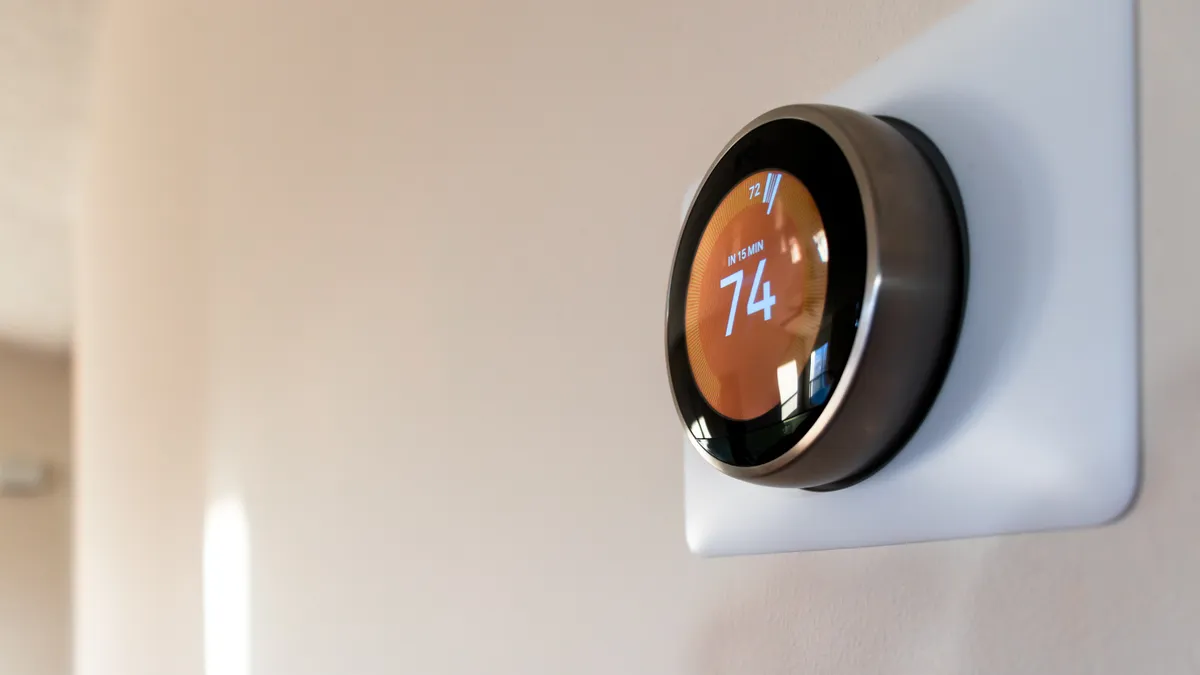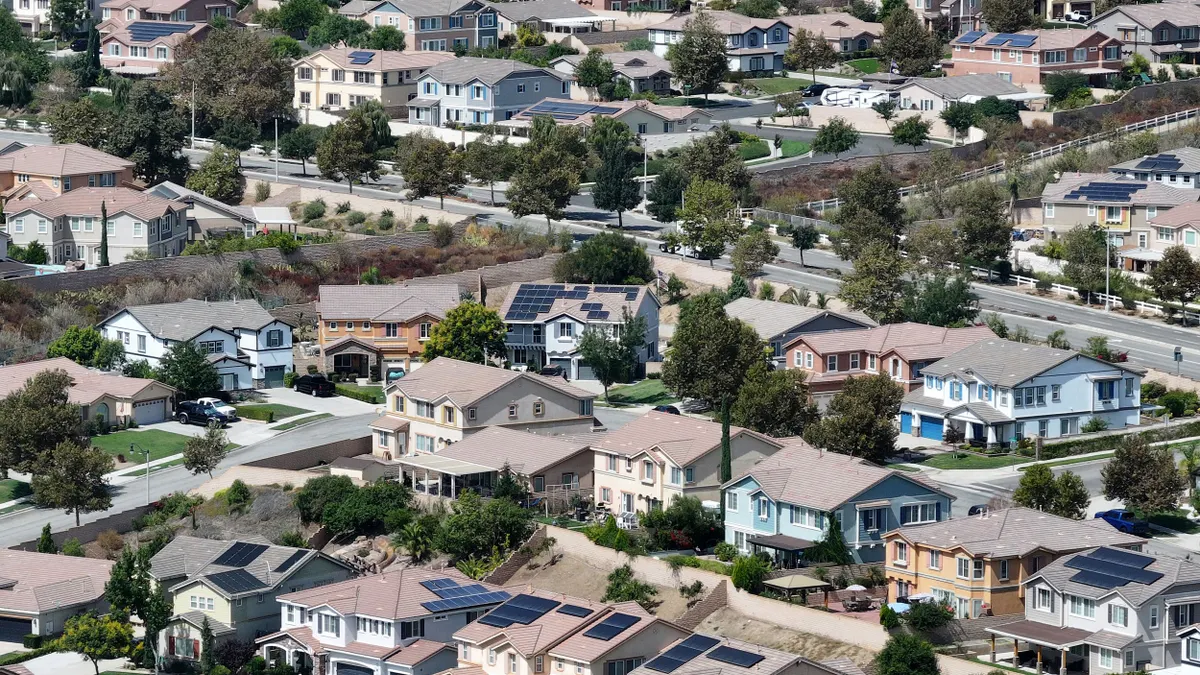Minnesota's Steele-Waseca Cooperative Electric recently announced plans to construct a 250-panel community solar array, and will sell panels to customers at $170 a pop.
If that seems like a really good deal, here's the "catch": To get the reduced price on the solar panel, you also have to take a free hot water heater. (Yes, free.)
The combined community solar and demand response program—dubbed the Sunna Project—illustrates how utilities are looking for innovative ways to make clean energy available and affordable to their customers.
The deal: Steele-Waseca's combined community solar/demand response program
Co-op officials say the program is break-even, which speaks to the incredible potential of water heaters as energy storage and demand-side management devices. Combining the discount on the solar panel with the $1,000 cost for the water heater amounts to customer savings of more than $2,000. But for Steele-Waseca, it means greater control over about 20% of its total potential peak load.
"There's a win for both of us," said Kristi Robinson, the distribution system engineer who manages the program. "We're able to shift more of our load to off-peak which helps with demand components and charges, while at the same time it's affordable for people to invest in solar."
Steele-Waseca began looking at a standalone community solar program last year, but "our concern was up-front costs," Robinson said. "We knew the membership had interest, but our concern was price. Community solar can drive down costs, but $1,000 is nothing to sneeze at."
Access to the solar array, which will be developed at the co-op’s headquarters in Owatonna, Minnesota, is open to all customers. But unless a customer agrees to sign up for the utility's load-shifting water heater program, they must pay full price for each 410-watt, $1,225 solar panel.
All customers involved in the community solar program can earn the subscribed energy production allocation, and members are limited to subscribing to 20 panels or the equivalent number of panels that would produce their average annual energy usage, whichever is less.
Steele-Waseca has about 10,000 customers on its system, and a max load of about 60 MW. The cooperative already has a successful water heater program it has run for many years.
To participate in the 16 Hour Water Heater Control Program, the utility will give members a free 85 gallon or 105 gallon electric Marathon water heater along with a mixing valve. In return, the utility controls the water heater—and keeps it off during peak hours, from 7 a.m. to 11 p.m.
"We have about 3,000 water heaters out there right now, and they're usually a 5 Kw load," Robinson said. "We peak at 60 MW, and being able to move 15 MW definitely helps us. … We're able to shift a significant portion of our total load over into off-peak. We could be more like a 75 MW peak if everyone turned their water heaters on at the at same time in the brunt of summer."
The unsung battery in millions of basements
With about 54 million electric water heaters installed across the country, the potential for savings and efficiency is energy significant. And turning them from a power drain to resource can be done either by adding new control technology or replacing the unit, as they tend to fail every 10 to 12 years
The case for water heaters as an energy management device has been known for years, but Steve Koep, utility sales manager at Vaughn Thermal Corp., told Utility Dive in December that he expects water heaters to play a significant role in demand response the next year.
"You can use old technology, like electric resistance water heaters, and put two-way communication with direct control on them," Koep said. Vaughn, based in Massachusetts, is a leading manufacturer of electric, hybrid, indirect and solar water heaters for residential and commercial applications.
"Typically a water heater is all-on or all-off," Koep said. "But with grid interactive controls you can vary the element wattage based on the frequency control signal you're getting. … It's a battery, but you're not putting electricity back into the grid."
Hawaiian Electric is already testing two types of water heaters as possible grid resources on Oahu, part of a pilot program looking for ways to help smooth the state's problems integrating renewable power. The new water heaters were installed in September as part of the utility's Grid Interactive Water Heater program.
EPA regulations sparked Steele-Waseca program
In just two months, new regulations issued by the U.S. Environmental Protection Agency will impact the efficiency and size of water heaters manufactured in this country.
Beginning April 15, water heaters over 55 gallons will need to meet efficiency standards only possible for heat pump water heaters. As Steele-Waseca's Robinson puts it: "Heat pump water heaters are a wonderful invention, as long as they are south of the Mason-Dixon line."
There is the possibility for an exemption, but barring that, the co-op will no longer be able to purchase the larger storage-capable water heaters. The utility's Sunna Project is an effort to take a stockpile of water heaters already owned and get them out to customer homes as quickly as possible.
Steele-Waseca actually offers two water heater programs, but intends to cease promoting its peak shaving plan, where the device is controlled only between 4 p.m. and 8 p.m., and not every day.
"We have better benefits for everyone if they're on the storage program," Robinson said.





















